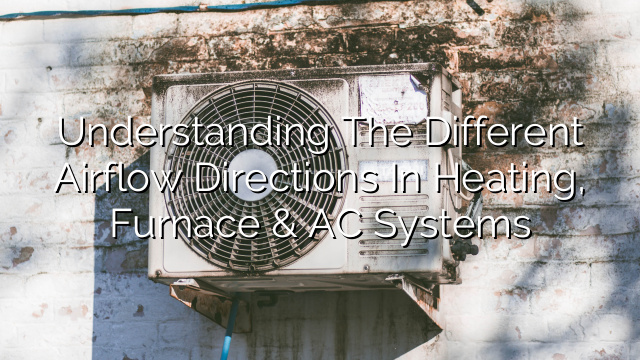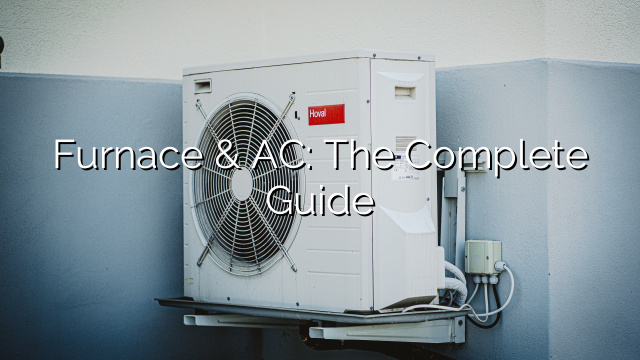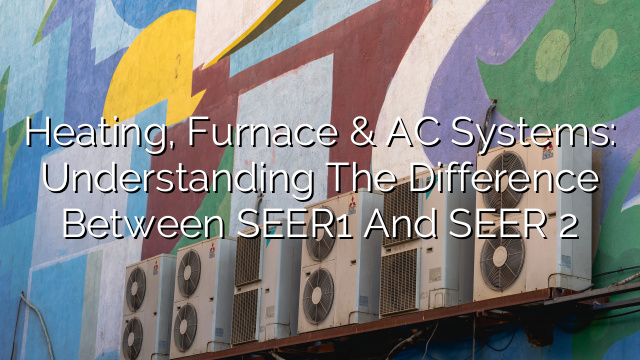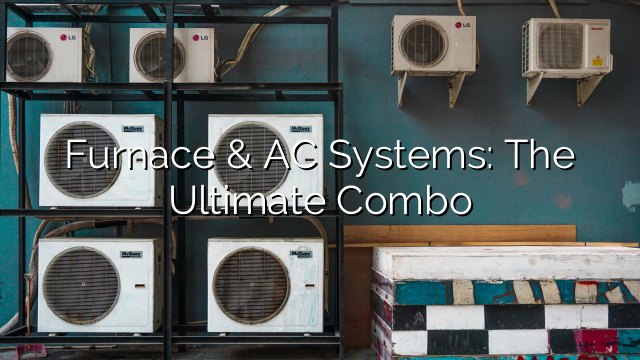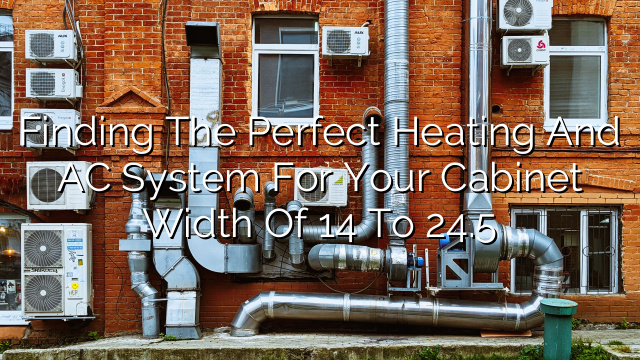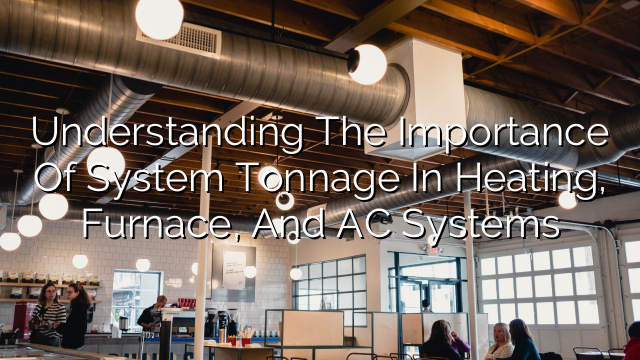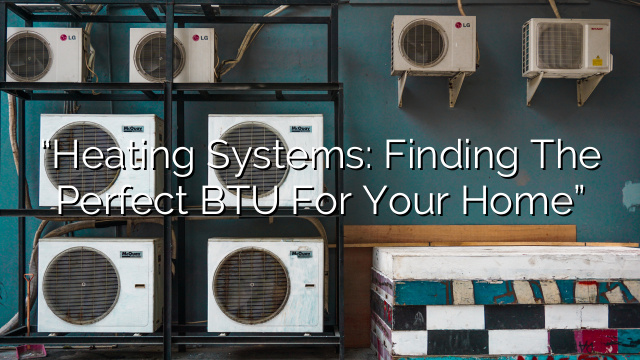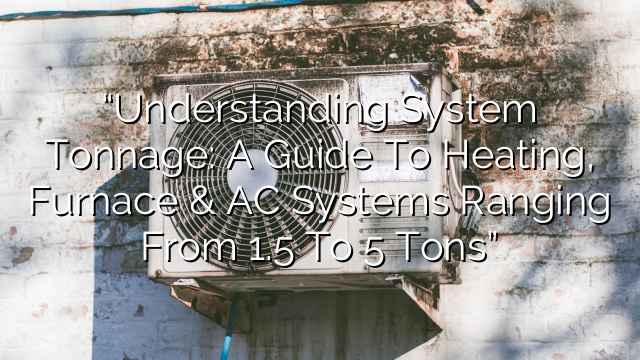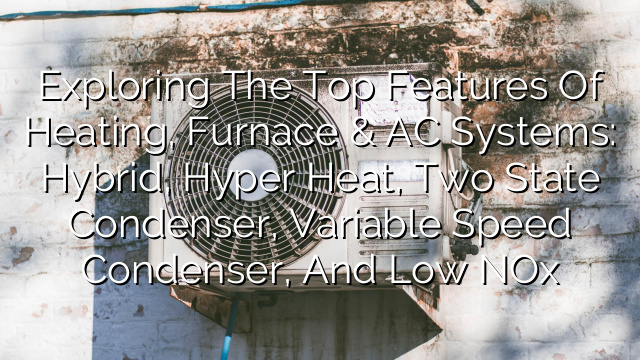Introduction
Heating, furnace, and AC systems are essential for maintaining a comfortable temperature in our homes. However, they can also be a significant source of energy consumption and costs. Maximizing the efficiency of your furnace is crucial in order to save energy and money. In this blog post, we will discuss furnace efficiency and how to make the most out of your heating system.
Furnace Efficiency / AFUE
Furnace efficiency is measured by AFUE (Annual Fuel Utilization Efficiency). AFUE is a percentage that represents how much fuel is being converted into heat. For example, an AFUE of 80% means that 80% of the fuel is converted into usable heat, while the remaining 20% is lost through venting.
A higher AFUE percentage indicates a more efficient furnace. Modern furnaces typically have AFUE ratings ranging from 80% to 97%. However, keep in mind that increased efficiency usually comes with a higher upfront cost. It’s essential to find a balance between efficiency and affordability when selecting a furnace for your home.
Maximizing Your Furnace’s Efficiency
1. Regular Maintenance
Regular maintenance is essential for maximizing your furnace’s efficiency. Schedule annual maintenance with a professional HVAC technician to ensure that your furnace is running at its peak performance. During the maintenance visit, the technician will clean the furnace, check for any leaks or issues, and replace any worn-out parts. Regular maintenance helps prevent breakdowns and keeps your furnace running efficiently.
2. Clean or Replace Air Filters
Dirty air filters can restrict airflow, causing your furnace to work harder than necessary. It’s important to clean or replace your air filters regularly to ensure proper airflow. Check your furnace’s manual for recommended filter cleaning or replacement intervals. Generally, it’s a good practice to clean or replace the filters every 1-3 months, depending on usage.
3. Use a Programmable Thermostat
Investing in a programmable thermostat allows you to set different temperature levels for various times of the day. You can lower the temperature when you’re away from home or sleeping and raise it when you’re back or awake. By adjusting the temperature according to your needs, you can save on energy consumption and maximize your furnace’s efficiency.
4. Seal Air Leaks
Air leaks around windows, doors, and ductwork can let cold air in and warm air out, forcing your furnace to work harder. Sealing these air leaks using caulk or weatherstripping can significantly reduce energy waste and improve your furnace’s efficiency. Insulating your home properly is also crucial for maintaining a comfortable indoor temperature and minimizing heat loss.
5. Ensure Proper Ventilation
Proper ventilation is essential for the efficient operation of your furnace. Make sure that all vents and registers are clear of any obstructions, such as furniture or curtains. Blocked vents can disrupt airflow, leading to inefficient heating. Additionally, consider cleaning your air ducts periodically to remove any dust or debris that may obstruct airflow.
6. Consider Upgrading to a High-Efficiency Furnace
If your current furnace has a low AFUE and is older, it may be worth considering an upgrade to a high-efficiency furnace. While the upfront cost may be higher, a high-efficiency furnace can save you significant money on energy bills in the long run. Look for furnaces with AFUE ratings above 90% for maximum efficiency. Consult with a professional HVAC technician to determine the best furnace upgrade option for your home.
FAQs
- What is AFUE?
AFUE stands for Annual Fuel Utilization Efficiency. It measures the efficiency of a furnace by determining how much fuel is converted into usable heat. Higher AFUE percentages indicate greater efficiency.
- How often should I clean or replace my furnace’s air filters?
It is generally recommended to clean or replace your furnace’s air filters every 1-3 months. However, the frequency may vary depending on your furnace model and usage. Check your furnace’s manual for specific guidelines.
- How can I tell if my furnace has air leaks?
Air leaks are commonly noticeable through drafts around windows and doors, as well as temperature imbalances throughout your home. You can also perform a visual inspection of your ductwork to identify any visible leaks or loose connections.
- Is it worth upgrading to a high-efficiency furnace?
Upgrading to a high-efficiency furnace can significantly reduce energy consumption and save you money on heating costs in the long run. While the upfront cost may be higher, the potential energy savings make it a worthwhile investment, especially if your current furnace is old and inefficient.
By implementing these tips and ensuring regular maintenance, you can maximize your furnace’s efficiency, save on energy costs, and enjoy a comfortable indoor environment throughout the year. Don’t hesitate to reach out to a professional HVAC technician for assistance with furnace maintenance or upgrades. Stay warm and efficient!



